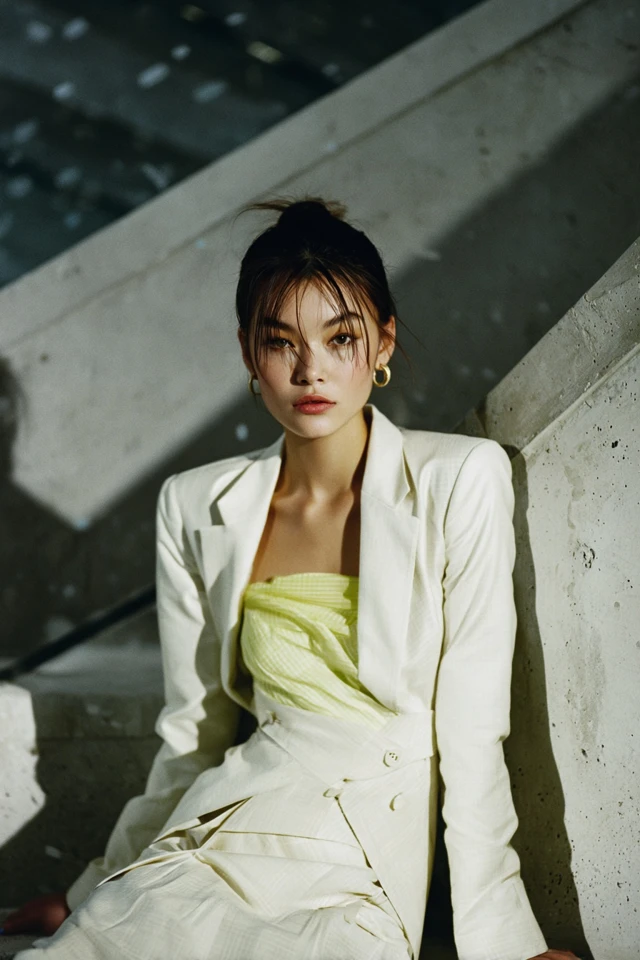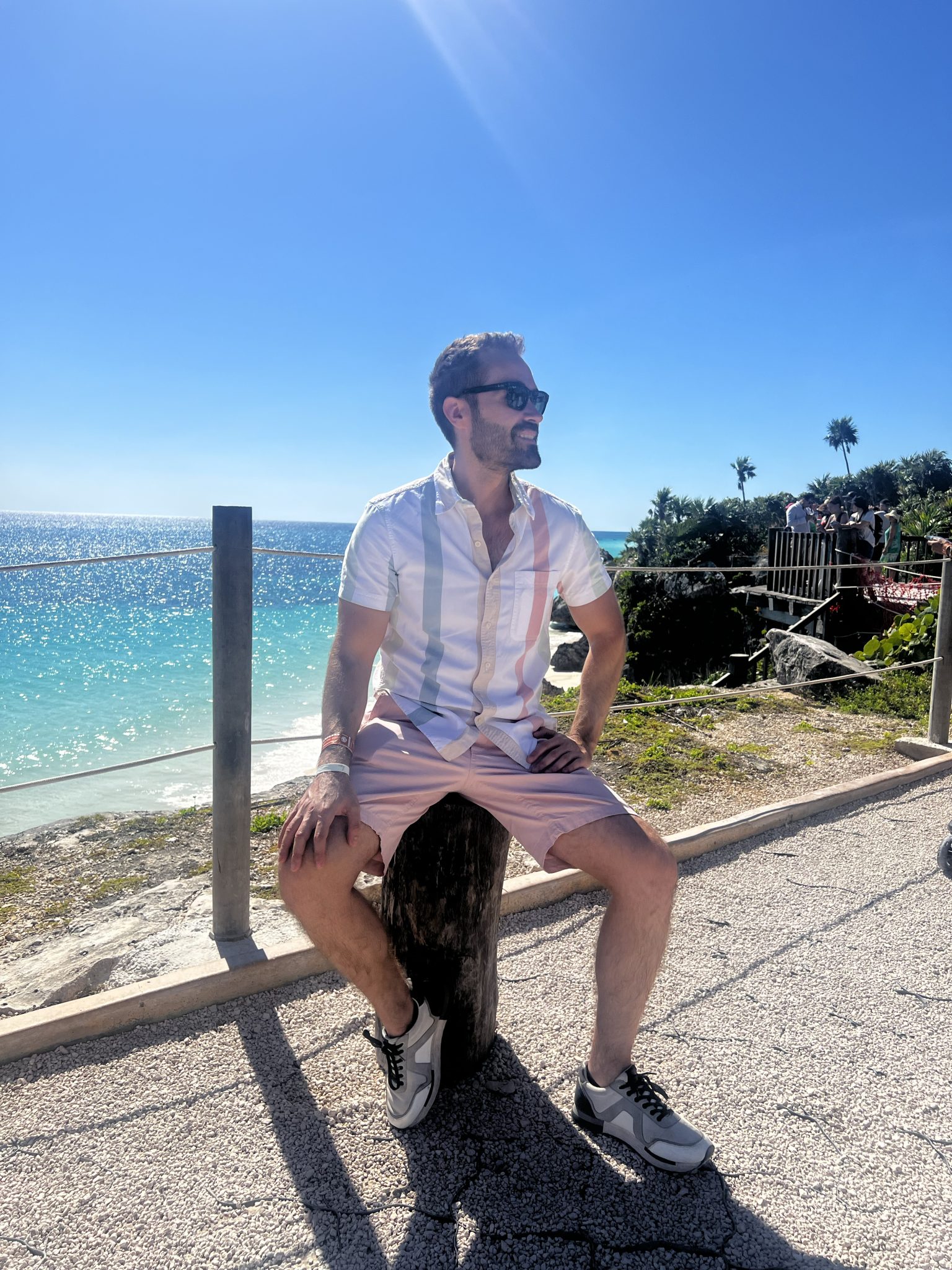Introduction
One crisp fall morning, I found myself rifling through my closet, seeking that perfect blazer to elevate my mood before a pivotal meeting. That vintage, oversized 90s blazer caught my eye—its sharp shoulders and bold silhouette instantly transported me to an era that redefined power dressing for women. Slipping it on, I felt an unmistakable surge of confidence, a testament to how clothing can not only reflect personal style but also influence our mindset. That moment sparked a deeper exploration into the enduring allure of 90s blazers and why they remain a staple in fashion wardrobes today.
Across decades, the 90s blazer has evolved from mere workwear to a symbol of attitude, versatility, and empowerment. As a fashion designer with a specialization in color psychology, I’ve witnessed firsthand how these structured garments play a crucial role in dressing to impress—not just externally, but in fostering internal confidence. With the resurgence of retro trends, the blazer has seamlessly re-entered contemporary closets, marrying nostalgic charm with modern sensibility.
About the Author and My Trend Boutique
Understanding the essential qualities and strategic styling of 90s blazers is more than a nostalgic pursuit: it is an opportunity to harness the power of clothing for self-expression, poise, and versatility. This guide offers an in-depth look at the nuances behind the blazer’s timeless appeal and actionable insights on integrating it thoughtfully into your wardrobe for various occasions, body types, and personal aesthetics.
Foundational Concepts
To truly master the art of 90s blazer dressing, we must first ground ourselves in a few foundational concepts that underpin effective style and thoughtful dressing.
Color Psychology
Color psychology explores how hues influence emotions and behaviors, a field substantiated by decades of research in psychology and marketing. For instance, wearing cobalt blue, a hallmark of many 90s blazers, is scientifically associated with trustworthiness and calm assertiveness, essential traits for nail-biting presentations or first impressions. Drawing from my research background, I often recommend incorporating shades that harmonize with one’s personality while strategically shaping how others perceive us.
Trend Forecasting
While 90s fashion has reemerged cyclically, trend forecasting helps us identify which elements are poised for longevity versus fleeting hype. Industry experts analyze socio-cultural dynamics, runway collections, and street style to predict the lifespan of styles and colors. The 90s blazer’s oversized shoulder pads and relaxed tailoring exemplify a durable silhouette that has withstood trend volatility by adapting to new fabrics and layering techniques.
Dressing to Impress
The phrase often conjures notions of rigid formality, but at its core, dressing to impress is about intentionality and authenticity. Combining silhouette, color, and accessories thoughtfully cultivates an aura of confidence. My work with clients highlights that understanding one’s body and style preferences creates outfits that not only turn heads but inspire self-assurance, which is the ultimate form of dressing to impress.
Picture Gallery
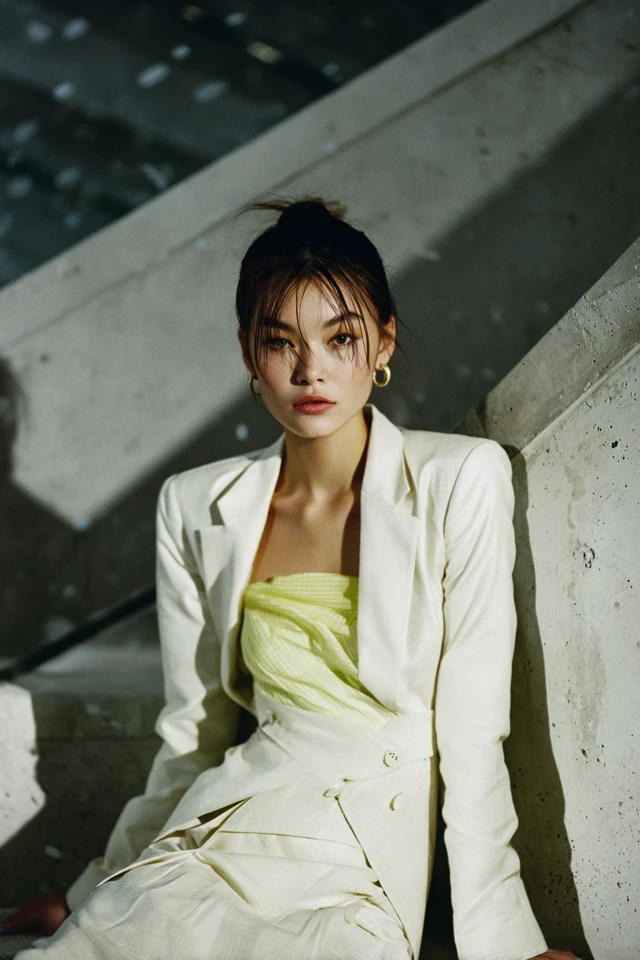
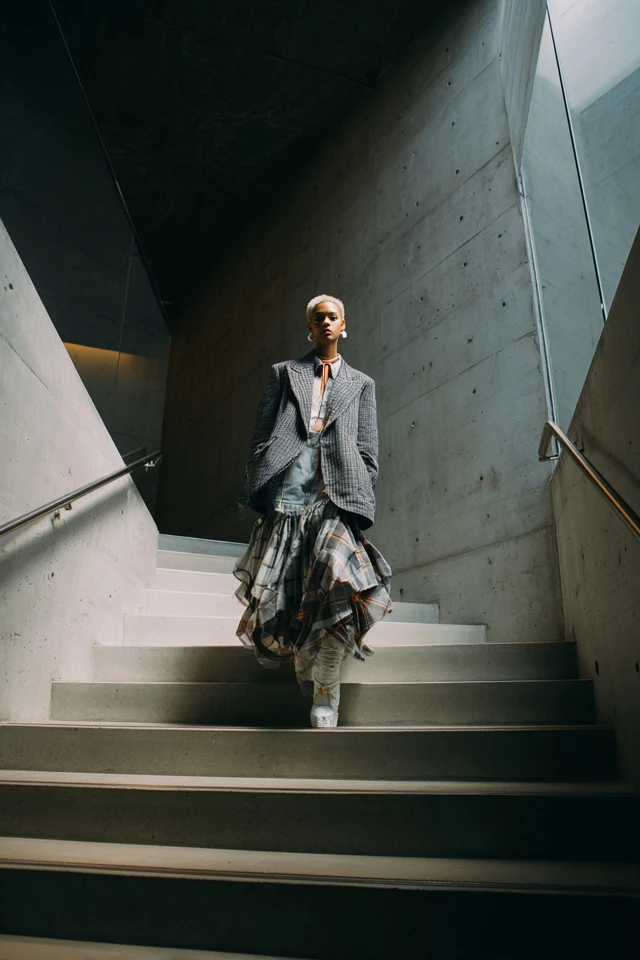
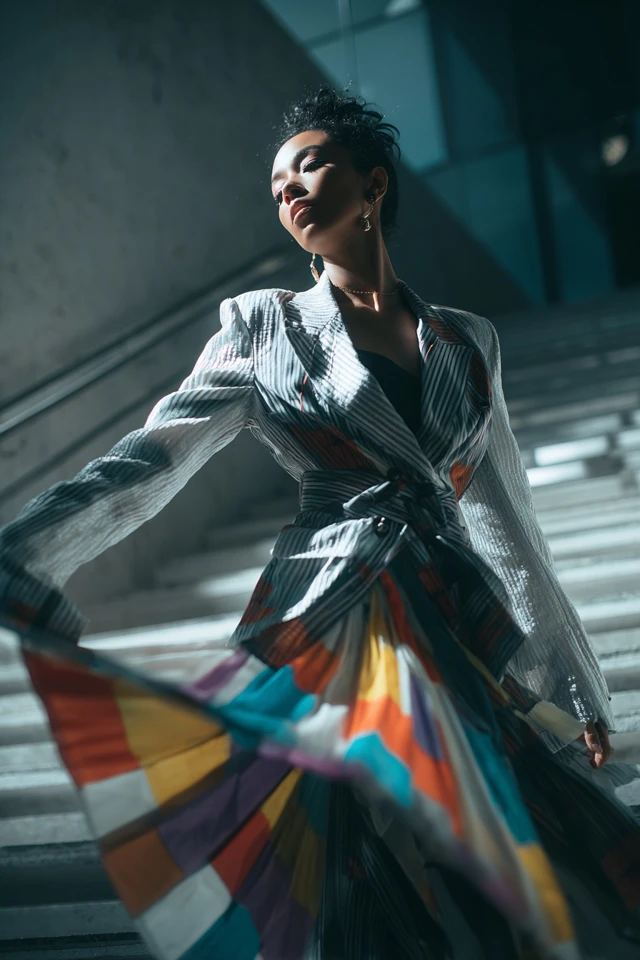

Color Psychology & Emotional Impact
Colors wield immense power in shaping both our internal state and external perceptions, and the 90s blazer palette is a rich playground to harness this science.
Consider red, a classic power color that amplifies energy and assertiveness, commonly seen in iconic 90s suit ensembles. Wearing red blazers not only elicits attention but also triggers confidence hormones like cortisol and adrenaline. Meanwhile, softer neutrals such as beige or taupe evoke trust and approachability, ideal for networking or softer workplace environments.
Research from Princeton University underscores the importance of first impressions, stating that people form judgments within seconds. The color of your blazer is a subconscious cue to observers signaling your mood, professionalism, and openness. For example, black denotes sophistication and authority but can sometimes feel intimidating, whereas pastels soften this aura, balancing power with accessibility.
Integrating color swatches thoughtfully in your outfit (e.g., pairing a vibrant blazer with muted accessories) creates a harmonious yet impactful look that boosts your self-esteem and communicates your intentional style choices.
Personal Style & Body Type Considerations
The versatility of the 90s blazer lends itself well to diverse body types and style preferences, but choosing the right silhouette, fabric, and hue is crucial for flattering your unique shape and complexion.
Silhouettes & Fabrics
- Hourglass: Emphasize waist definition with tailored blazers featuring cinched waists or adjustable belts. Structured fabrics like wool or tweed work well to maintain shape.
- Rectangle: Opt for blazers with shoulder pads or peplum details to create curves and dimension. Lightweight fabrics like linen blends add softness without bulk.
- Apple: Choose longer blazers that skim the midsection, avoiding overly boxy cuts. Stretchy or textured fabrics offer comfort while streamlining silhouette.
- Pear: Look for blazers with embellished shoulders or collar details to balance wider hips. Medium-weight fabrics maintain structure without overwhelming.
Complexion-Compatible Colors
- Warm undertones: Embrace earth tones, camel, rust, and olive green blazers.
- Cool undertones: Reach for jewel tones like emerald, sapphire, and deep plum.
- Neutral undertones: Versatile with most colors, but especially flattering in classic greys, navys, and soft pastels.
Quick Style Quiz
- Do you prefer a tailored or relaxed fit?
- Are you looking for warmth or breathability in fabric?
- Which mood do you want to convey? (Powerful, approachable, creative, etc.)
- Which colors consistently make you feel energized or calm?
- Do you enjoy layering or wearing blazers solo?
Your answers serve as guideposts to target the perfect 90s blazer style that supports both your comfort and confidence.
Current Trends & Timeless Classics
Fashion in motion means the 90s blazer has embraced modern influences while honoring its heritage. Current trends emphasize sustainability, oversized fits, and playful textures like boucle and velvet.
Trending colors this season revolve around earthy terracotta, crisp ice blue, and muted lavender—each offering a fresh take on classic colors. When paired with timeless pieces such as white button-downs, tailored trousers, or slip dresses, these colors maintain longevity beyond seasonal cycles.
Timeless classics hinge on cuts like double-breasted fronts, notched lapels, and neutral palettes of black, navy, and grey. Mixing trend-led accessories like chunky belts or statement earrings can elevate these foundations with minimal risk.
Balancing trendy hues or silhouettes with evergreen styles creates a curated wardrobe that feels both relevant and enduring, an essential strategy for investing wisely in your wardrobe.
Practical Tips & Recommendations
Here’s how to smartly incorporate 90s blazers into daily dressing routines:
- Shopping: Opt for natural fibers for durability and comfort. Prioritize fit over size numbers by trying on various brands; vintage stores often harbor unique finds.
- Wardrobe Maintenance: Dry clean blazers sparingly; instead, use fabric steamers and brushes to preserve texture and prolong wear.
- Layering: Pair blazers over lightweight sweaters or camisoles for transitional weather. Experiment with under-layer prints for personality without overwhelming.
- Accessories: Leather belts create waist definition; chunky jewelry adds texture. For color combos, try navy with burnt orange or beige with emerald for eye-catching contrast.
- Styling Ideas: For work, pair your blazer with tailored trousers and pointy flats; for casual outings, throw over high-waisted jeans and sneakers.
Applying these tips promotes a polished, adaptable wardrobe anchored by your versatile 90s blazer.
FAQs
- What is a good signature color for a 90s blazer?
- Choose colors that resonate with your personality and complexion; navy and charcoal are universally flattering, while jewel tones express creativity and confidence.
- How do I update a vintage 90s blazer on a budget?
- Simple tailoring adjustments, changing buttons, or adding modern accessories can refresh a vintage blazer affordably.
- Can a 90s blazer work in a capsule wardrobe?
- Absolutely. Its versatility and ability to be dressed up or down make it an ideal capsule item.
- How to avoid looking boxy or oversized?
- Balance the blazer with fitted or tapered pieces underneath, and consider tailoring if a piece feels too loose.
- What accessories complement the 90s blazer style?
- Structured handbags, minimalist jewelry, and leather belts accentuate the sleek lines while maintaining an authentic 90s vibe.
Conclusion
Embracing the 90s blazer is about more than revisiting a fashion era; it’s a conscious choice to harness the styles that empower and inspire. We explored how understanding color psychology, body shapes, current trends, and personal preferences creates a harmonious wardrobe anchored by this iconic piece.
Fashion remains one of the most accessible forms of self-expression, and the 90s blazer offers a powerful canvas to paint your narrative with confidence and creativity. I encourage you to experiment boldly, blend timeless classics with new trends, and above all, wear your blazer as a statement of who you are.
Feel free to share your experiences, styling tips, or questions in the comments below. Don’t forget to subscribe for more insights into fashion, style, and the psychology of color. Together, let’s make dressing to impress an inspiring, joyful journey.

